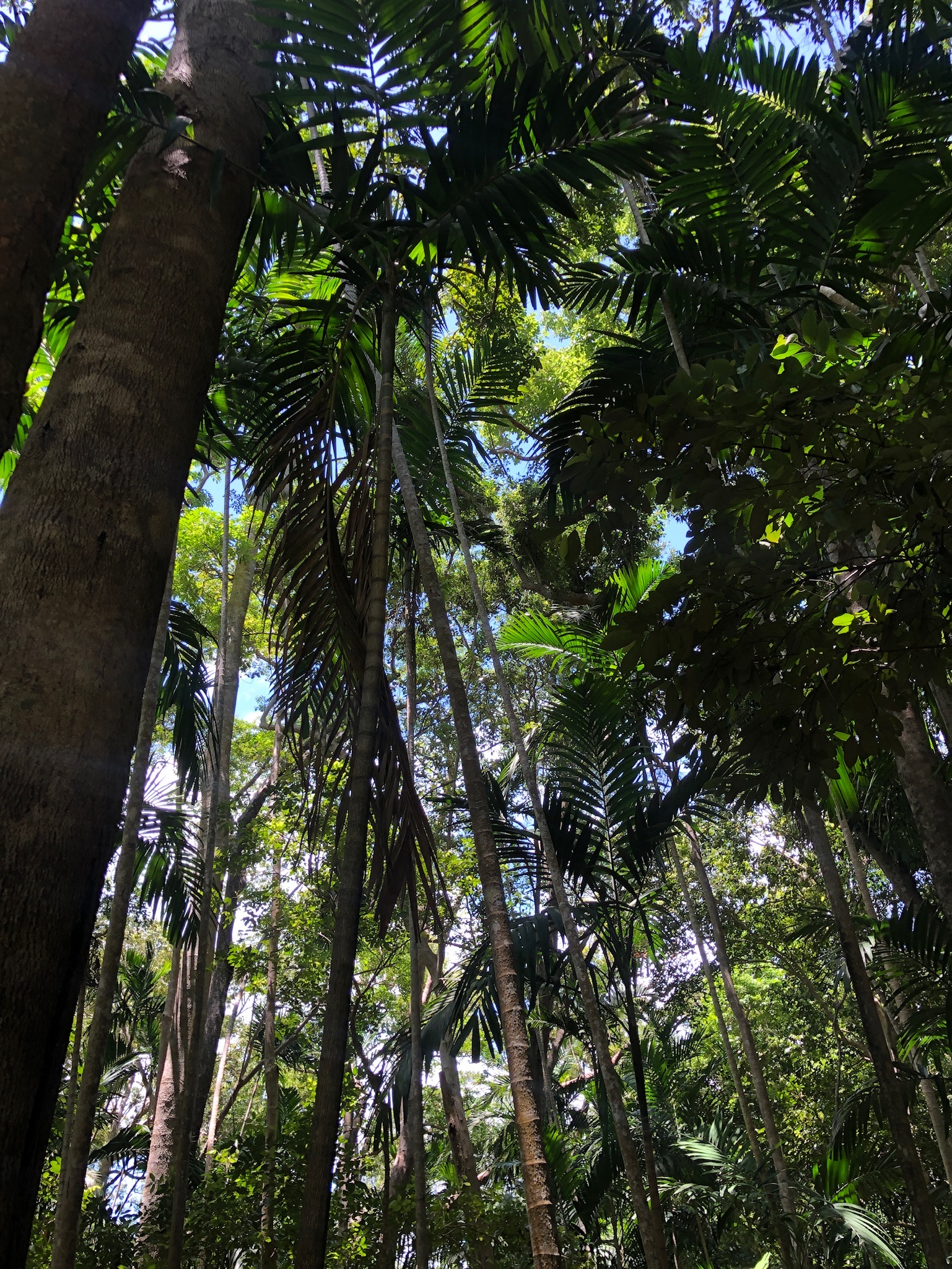What Worked For Us
As nights grow longer, it’s natural to brighten up indoor spaces. However, for the last few years we have tried switching to dimmer lighting in the winter, to mirror the lower light levels outside.
What we have found, from a combination of dimmer lighting and blue-light blocking glasses, is that we can give our eyes and body proper rest in preparation for a good night’s sleep.
Blue light suppresses melatonin and encourages the body to be awake. In nature, the midday sun gives off the highest levels of blue light, which is ideal for staying awake and active.
However, in our domesticated living environments, we see blue light everywhere. Even when we set our phones to ‘night-shift’, where they take on an amber-hue in the mornings and evenings, they are still emitting blue light.
Here are some of the experiments we recommend trying:
Morning Light
To support your body’s natural circadian rhythm, spend time outside in the morning. Lux is the measurement of light intensity, and exposure to high-lux natural daylight can significantly impact how alert and energised you feel. Indoors, typical lighting provides around 100-300 lux, whereas daylight can emit as much as 100,000 lux. This difference plays a crucial role in regulating our sleep-wake cycle.
Morning exposure to natural light not only signals your body to wake up but also helps set your internal clock, or circadian rhythm, which influences when you naturally feel sleepy at night.
Spending just 15 minutes outside in the early part of the day can elevate mood, increase alertness, and improve sleep quality by boosting morning cortisol levels and later triggering melatonin production in the evening. For optimal results, try to get outside within the first hour of waking up to fully reap these benefits.

Wake up to morning sunlight
Dim Lighting Before Bed
To prepare your body for sleep, start dimming the lights in your home around sunset. Lower light levels signal to your brain that night is approaching, encouraging the production of melatonin, the hormone that makes you feel sleepy.
Dim lighting (up to 10 lux) mimics twilight and may help you relax.
Using warmer-toned lights during this time also makes a difference, as blue-toned electric lighting can suppress melatonin and make it harder to wind down.
By creating a darker, warmer-toned environment before bed, you cue your body that it’s time to rest, which can lead to falling asleep faster and enjoying deeper, more restorative sleep.
Turn off Overhead Lights
A more noticeable change is avoiding overhead lights in the evening. Overhead lighting is often bright and invasive, signalling our body to stay alert by mimicking daylight.
Instead, switch to softer, indirect lighting sources like table or floor lamps. We love salt rock lights. Making the switch each evening can even help train your body to recognise bedtime cues, supporting restful sleep.
Positioning lights lower in the room reduces exposure to direct light, further supporting our ability to wind down. Alternatively, use only the light you need for specific tasks, like reading or relaxing.
Manage Bedtime Lighting
To promote better sleep, optimise the lighting in your bedroom and bathroom as you get ready for bed. The best lights at night are no lights, however, if you have to use lights, avoid direct or overhead lighting.
In the bedroom, we use lights lower in the room, such as bedside lamps, which minimize harsh overhead brightness.
In the bathroom, be mindful of bright lighting that can disrupt sleepiness if you need to use the space just before bed or during the night. If you need to use a light, use a low-light setting or consider adding a red or amber night light that can provide enough visibility without stimulating wakefulness.
Creating a soft, warm-lit atmosphere in both spaces supports a smooth transition from day to night, reinforcing to your body that it’s time to relax and helping you prepare for a more restful, undisturbed sleep.
Blue-Light Blocking Glasses
The science behind these glasses is still unproven. However, from personal experience of using blue-light blocking glasses for over 4 years, I struggle to spend an evening inside without them.
These glasses filter out blue wavelengths from digital devices and lighting, which helps reduce the suppression of melatonin production in the evening. By wearing them after sunset, you can continue using screens or bright lights without significantly impacting your body’s natural readiness for sleep.
Look for glasses that block a high percentage of blue light (ideally 100%) for the best effect. We use them while watching TV, and they help to reduce eye strain as well.
These five suggestions can help you to enjoy a higher sleep quality, allowing you to wake up feeling rested. However, small adjustments—like lowering your screen brightness, and maintaining a consistent bedtime—will also contribute to healthy sleep.
Links










